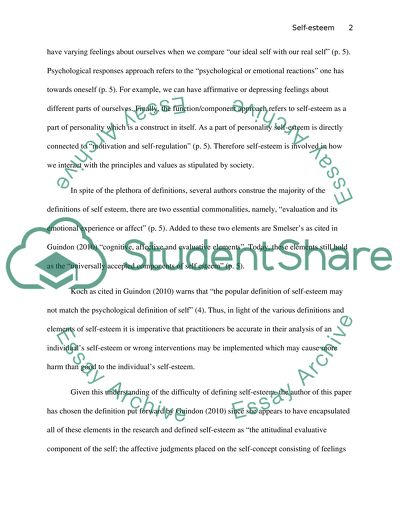Cite this document
(“The Development of Self-Esteem from Infancy to Old Age Research Paper”, n.d.)
The Development of Self-Esteem from Infancy to Old Age Research Paper. Retrieved from https://studentshare.org/psychology/1447053-the-development-of-self-esteem-from-infancy-to-old
The Development of Self-Esteem from Infancy to Old Age Research Paper. Retrieved from https://studentshare.org/psychology/1447053-the-development-of-self-esteem-from-infancy-to-old
(The Development of Self-Esteem from Infancy to Old Age Research Paper)
The Development of Self-Esteem from Infancy to Old Age Research Paper. https://studentshare.org/psychology/1447053-the-development-of-self-esteem-from-infancy-to-old.
The Development of Self-Esteem from Infancy to Old Age Research Paper. https://studentshare.org/psychology/1447053-the-development-of-self-esteem-from-infancy-to-old.
“The Development of Self-Esteem from Infancy to Old Age Research Paper”, n.d. https://studentshare.org/psychology/1447053-the-development-of-self-esteem-from-infancy-to-old.


